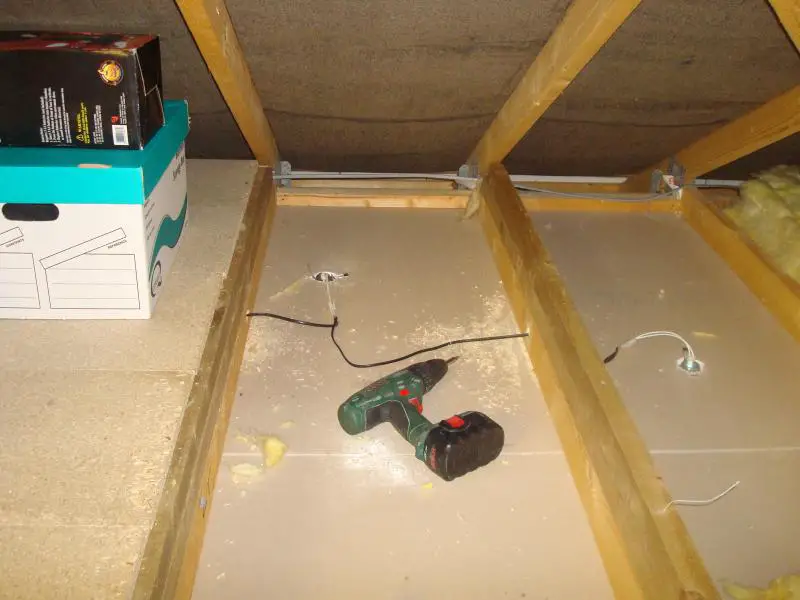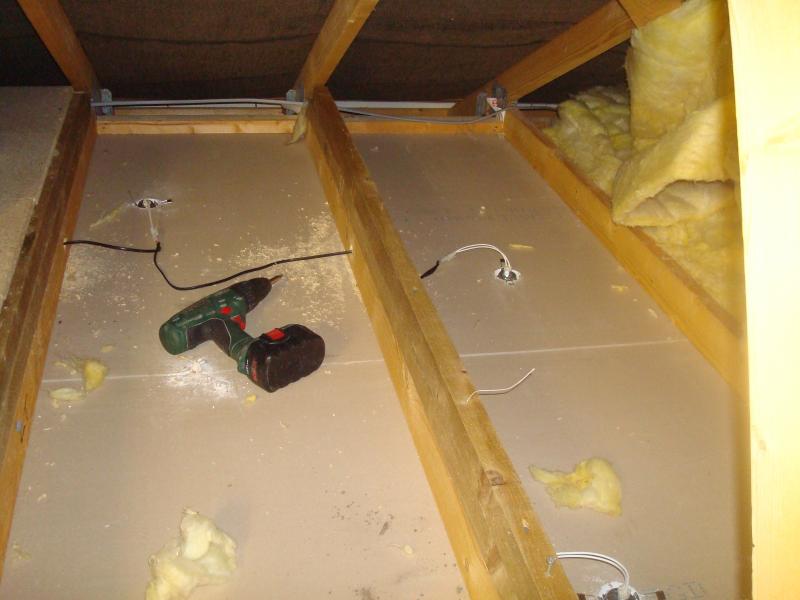I have recently installed ceilling spotlights into the spare room. Did a search regarding the insullation in the lot and covering the spotlight. Several options one being the fire covers (a bit costly) and another option is to use ground pipe and cut to size then spread the insulation around. The second option is what i'm intending to do. Question is, when I lay boards across the joists would it be beneficial to drill small holes in the boards for heat disapation from the lights
Thanks in advance
Pictures included
zooming
Thanks in advance
Pictures included
zooming






